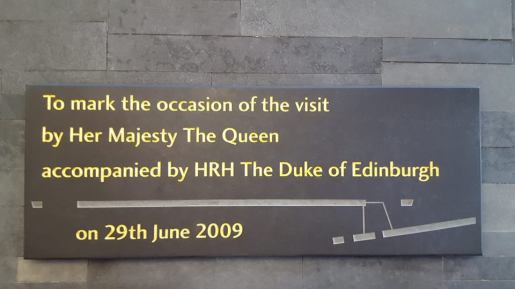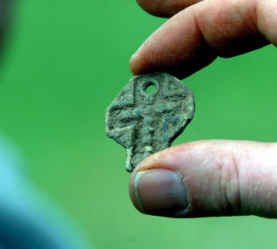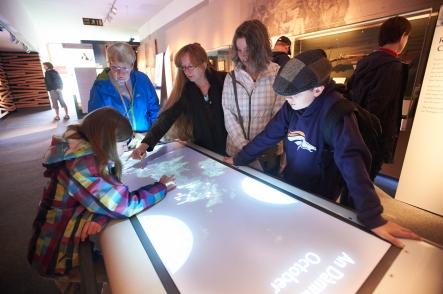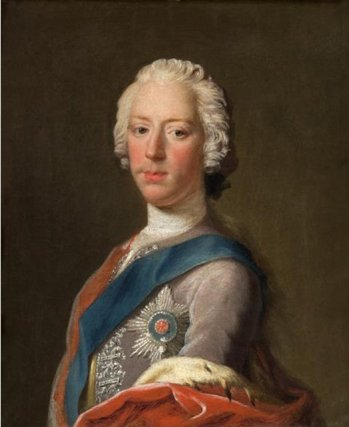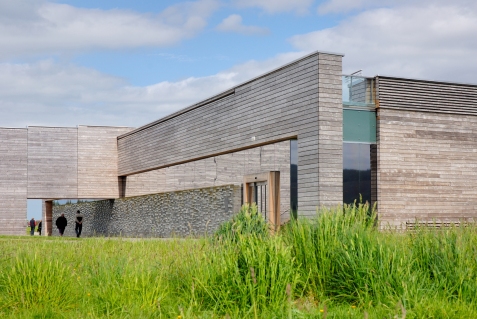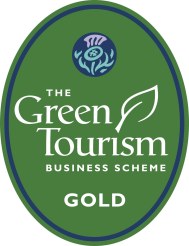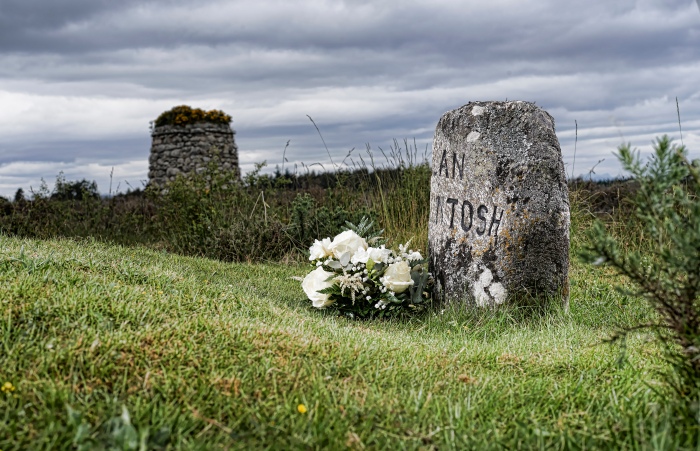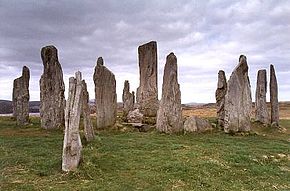We have all heard the phrase ‘no room to swing a cat’ but where did this saying come from?
Thankfully it has nothing to do with animal cruelty and literally swinging a living cat around but the actual answer is not exactly that nice either.
The phrase is believed to have come from the cat o’ nine tails. This was a fearsome punishment that was used during the Jacobite Risings especially in the British military. If you had committed a crime you would be punished with a whipping. The cat o’ nine tails consisted of nine knotted ropes used together in one blow to inflict punishment on the wrongdoer.
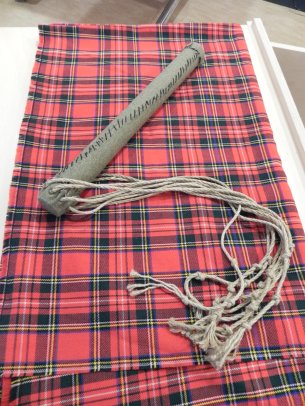
Here the instrument can look quite tame, especially lying on our handling table, but with a little force it was designed to lacerate the skin so as to cause the recipient a great deal of pain. As you can imagine, to get the full effectiveness of the whip there needs to be space to create some power behind it.

The ‘no room’ part of the phrase seems to stem mainly from naval usage. Down below the deck of the ships there was very little room so any floggings would occur above deck where there was plenty of room.
Thankfully the practice of flogging has been abolished across most countries but the phrase still lives on, though thankfully now it just means an awkwardly small space.
Another phrase which many have associated with the cat o’ nine tails is ‘cat got your tongue’. This one apparently stems from the fact that after a flogging the recipient tended to be rather quiet. However, there is no clear answer on the origin and some believe it may in fact come from ancient Egypt where liars tongues were cut out and fed to cats.
We hope you found this post interesting. As always please like, tweet, comment and share.
All the best, The Culloden Team
